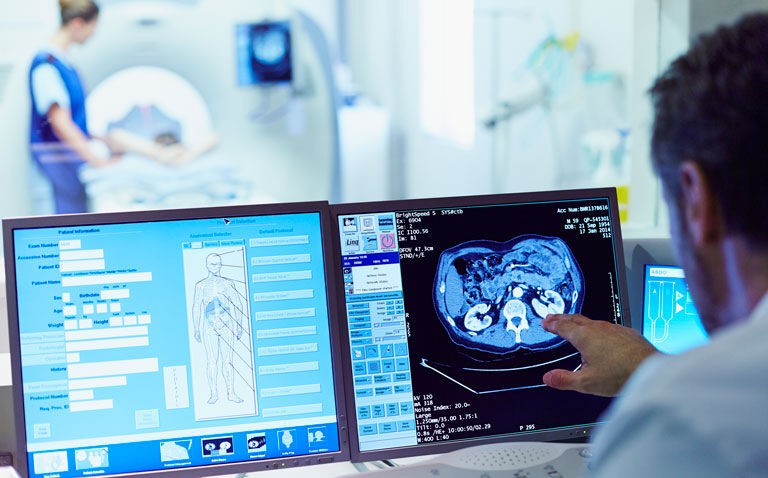Contrast agent pooling as detected on a CT scan has been found to be highly predictive of a subsequent in-hospital cardiac arrest
The presence of contrast agent pooling (CAP) is strongly associated with a subsequent in-hospital cardiac arrest one hour later, according to the findings of a retrospective analysis by a team from the Department of Emergency Medicine, Far Eastern Memorial Hospital, New Taipei City, Taiwan.
An in-hospital cardiac arrest is not uncommon and reported to occur in 0.8 to 4.6 per 1,000 patient admissions and is associated with a high level of mortality.
Within emergency departments, computed tomography (CT) scans are a widely used imaging modality for the detection of a number of conditions such as blood clots, kidney stones, head injuries etc. Prior to a CT and irrespective of the reason for the scan, radiologists ensure that a patient is clinically stable. However, despite the appearance of clinical stability, there are case reports of patients who experience a cardiac arrest while undergoing a CT scan.
Interestingly, these reports have also described some characteristic features on the scan. The first case to be reported was in 2002 and the authors identified the presence of contrast agent pooling in the dependent parts of the right side of the body, including the venous system and the right lobe of the liver. This likely occurs due to a pump failure of the heart, leading to stasis of blood in the dependent organs of the body.
Moreover, once the heart stops pumping, there is a drop in both arterial and venous pressures and because the contrast agent is heavier than blood, CAP occurs in the dependent portions of the venous system.
Although this CAP sign has been reported in several cases, but clearly it not a common phenomenon, it remains uncertain as to whether the presence of CAP has any potential prognostic value for an imminent in-hospital cardiac arrest.
For the present study, the researchers performed a retrospective analysis of all patients admitted to their hospital and who underwent a CT scan and then experienced an in-hospital cardiac arrest and collected both demographic and clinical data for these patients.
The occurrence of the CAP sign on a chest or abdominal scan was recorded and was defined by accumulation of the contrast agent in the renal, hepatic vein or dependent part of the liver, or if there was contrast agent layering over the vena cava.
The primary outcome of interest was the accuracy of the CAP sign in predicting an imminent cardiac arrest (defined as within 1 hour after the CT scan).
CAP sign and cardiac arrest
A total of 128 patients with a mean age of 69 years (60.2% male) were included in the analysis, among whom, 8.6% were positive for the CAP sign on a CT scan.
With respect to the primary outcome, the accuracy of the CAP sign in predicting cardiac arrest was 85.94% (95% CI 78.69 – 91.45%) and the positive predictive value was 64%. Additionally, the CAP sign was significantly associated with a cardiac arrest within 1 hour (odds ratio, OR = 7.35, 95% CI 1.27 – 42.59).
The authors concluded that the CAP sign could be viewed as an imaging feature of circulatory failure and its presence should be taken as a warning sign to clinicians to allow them to provide timely interventions for critically ill patients.
Citation
Lee YH et al. Contrast Agent Pooling (C.A.P.) sign and imminent cardiac arrest: a retrospective study BMC Emerg Med 2022










